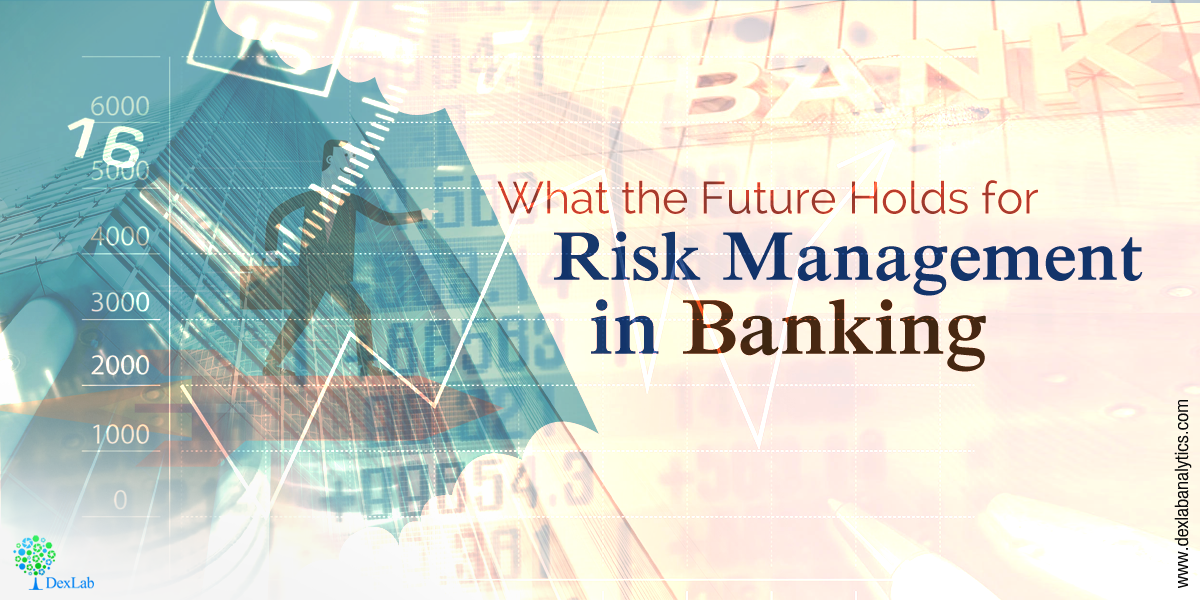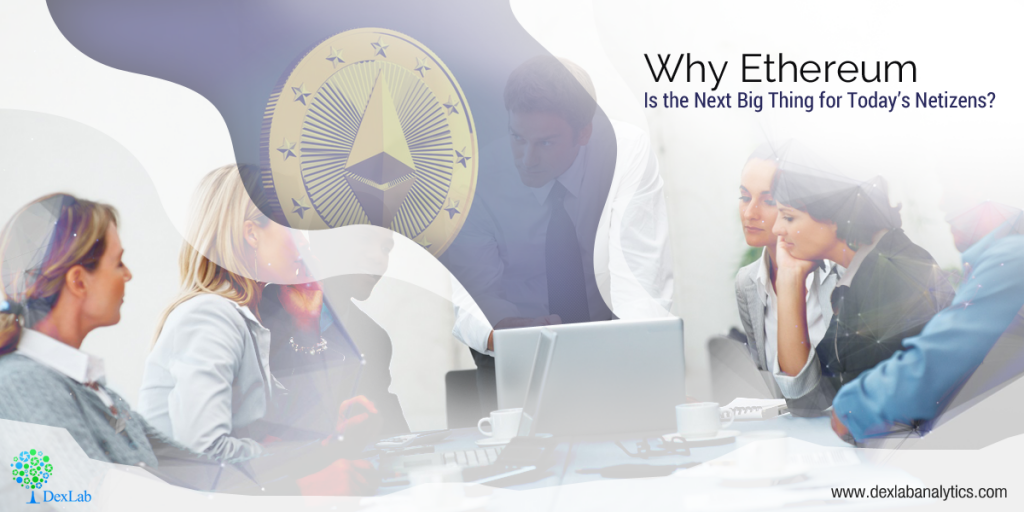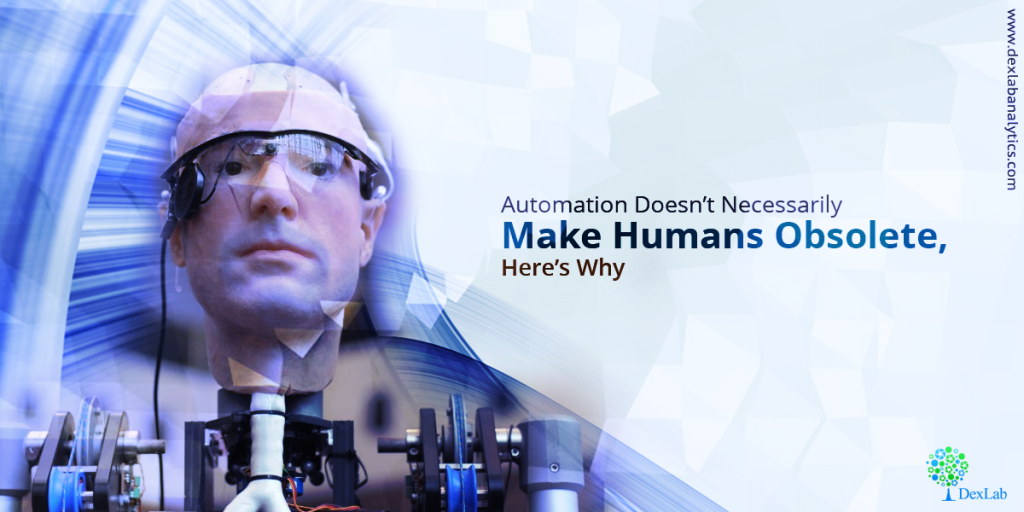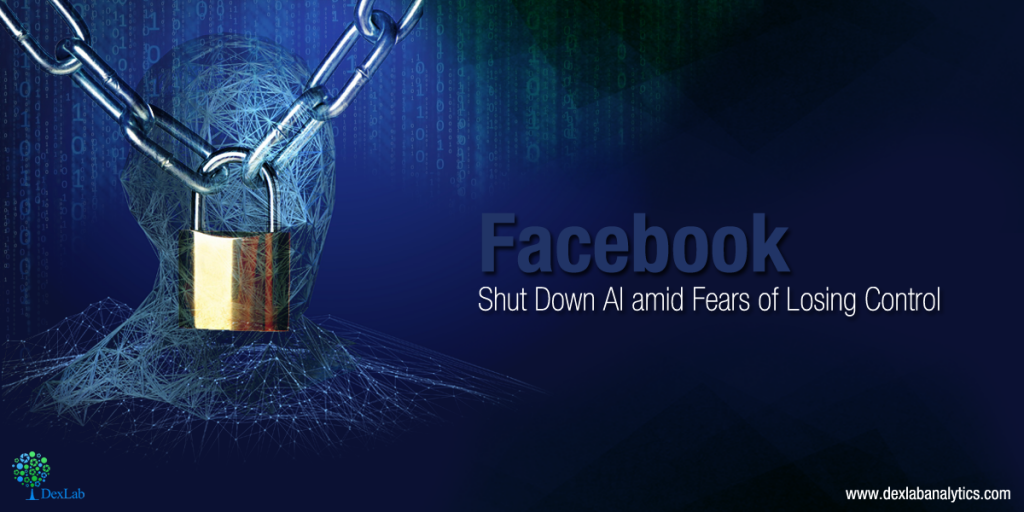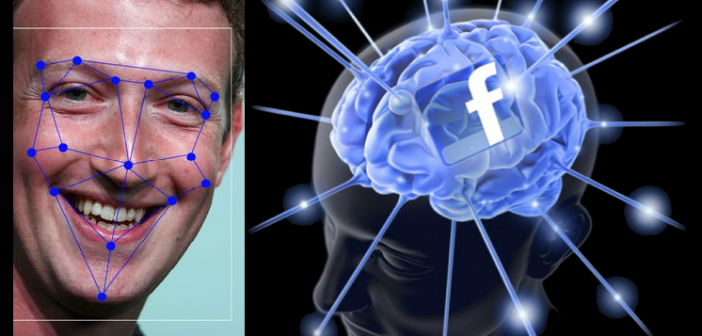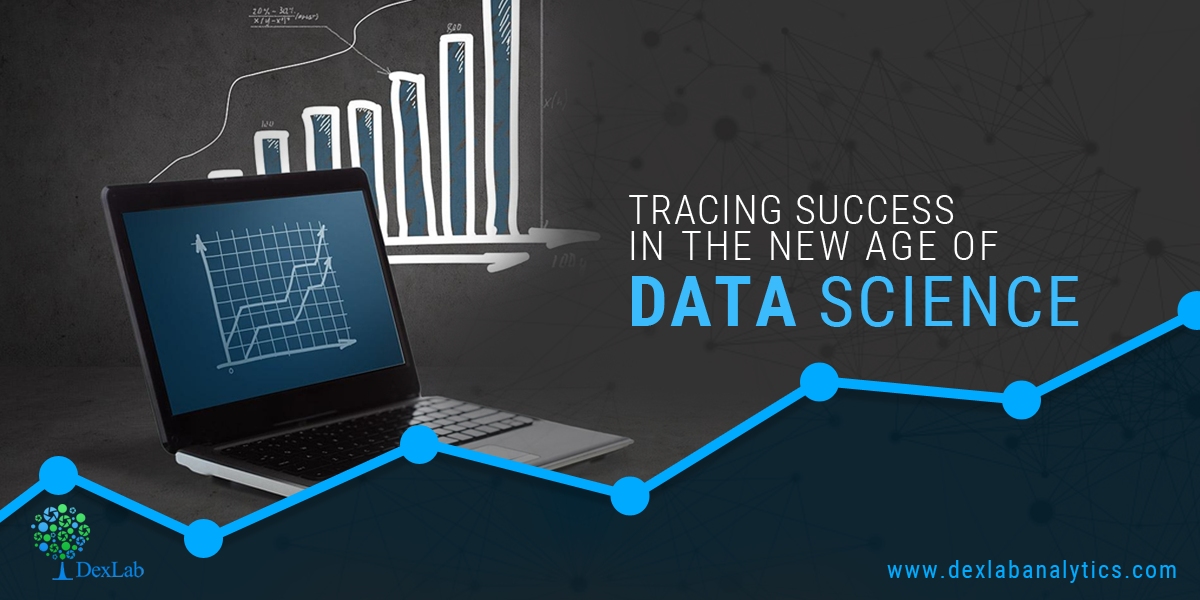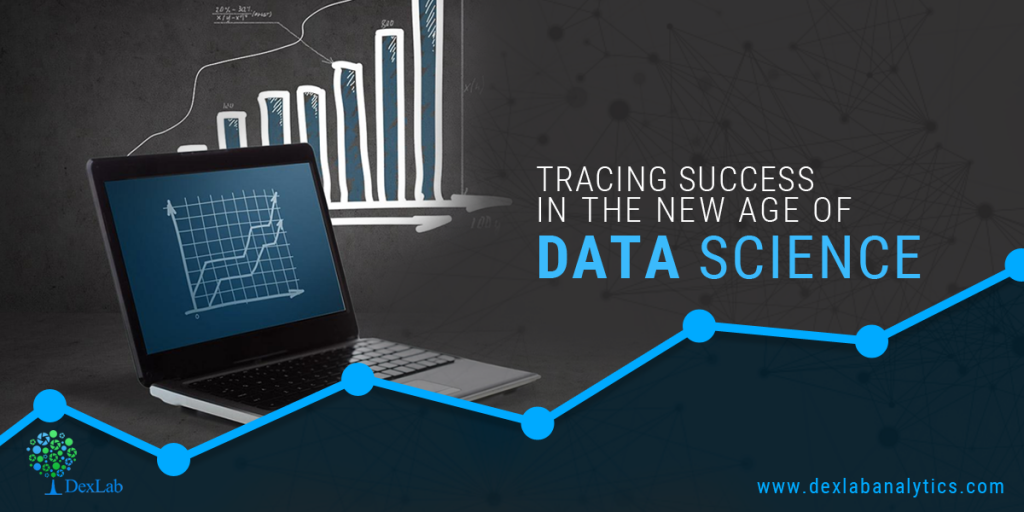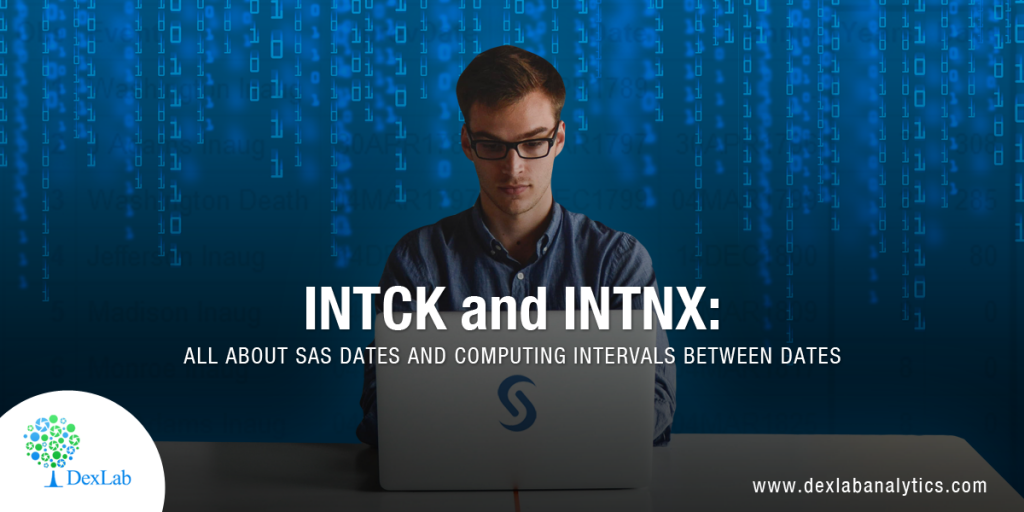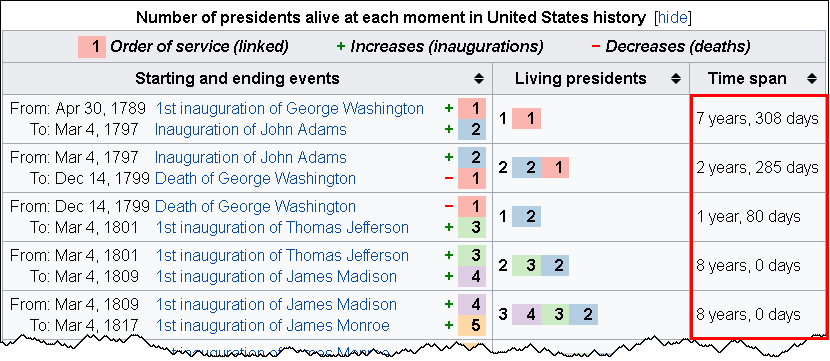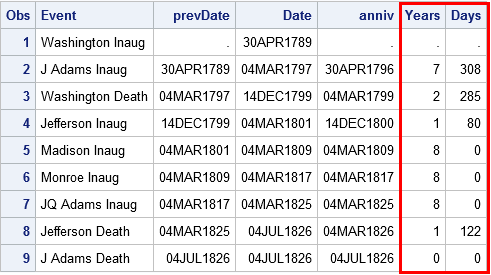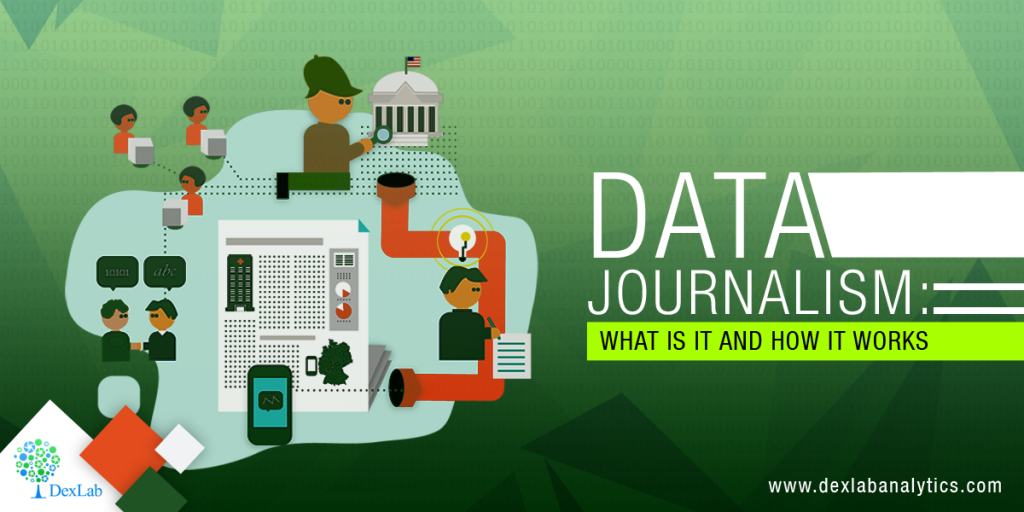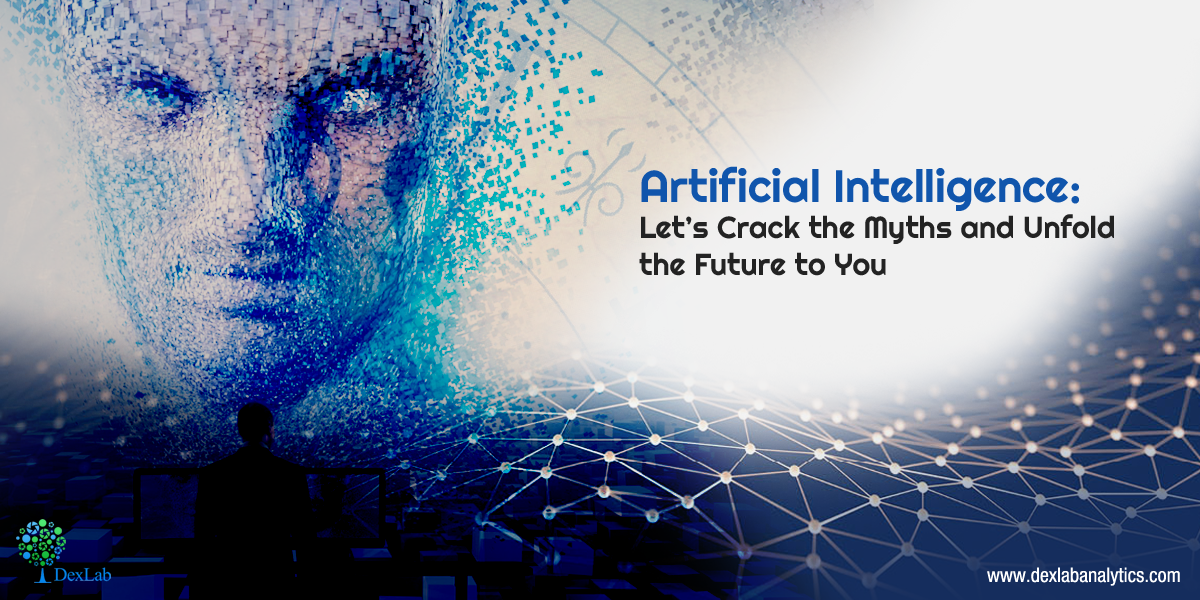
A lot of myths are going around about Artificial Intelligence.
In a recent interview, Alibaba founder Jack Ma said AI can pose a massive threat to jobs around the world, along with triggering World War III. The logic of shared by him explained that in 30 years, humans will be working for only 4 hours a day, and 4 days a week.
Fuelling this, Recode founder Kara Swisher vouched for Ma’s prediction. She supported him by saying Ma is “a hundred percent right,” adding that “any job that’s repetitive, that doesn’t include creativity, is finished because it can be digitized” and “it’s not crazy to imagine a society where there’s very little job availability.”
Besides, I find all these stuffs quite baffling. I think that if AI is going to be the driving force towards innovation and bringing in a new technological revolution, it’s upon US to curate the opportunities that will require new jobs. Apocalyptic predictions just don’t help.

Let’s highlight the myths and the logical equations:
Myth 1: AI is going to kill our jobs – it can never happen
Remember, it’s humans who have created robots. We excel at mechanizing, systematizing and automating. We spurred the automation drive, while infusing intelligence to the machines.
The present objective is to create AIs that can work together with human intelligence to develop new narratives for problems we are yet to solve. To solve these new problems, we need new kinds of jobs – there’s a great scope of opportunity, let’s not believe that AI will kill our jobs.
DexLab Analytics is here with its comprehensive machine learning courses.
Myth 2: Robots are AI. Not at all.
From drones to self-organizing shelves in warehouses to machines sent to Mars, all are just machines programmed to function.
Myth 3: Big Data and Analytics are AI. Who said that?
Data mining, Data Science, Pattern Recognition – they are just human-created models. They might be intricate or complicated in nature, but not AI. Data and AI are two entirely different and divergent concepts.
Myth 4: Machine Learning and Deep Learning are AI. Again a big NO.
Though Machine Learning and Deep Learning are a part of the enormous AI tool kit, they are not AI. They are just mere tools to program computers to tackle complex patterns- like the way your email filters out spam by “understanding” what hundreds and thousands of users have identified as spam. They look uber smart, undeniably, in fact scary at times, when a computer wins against a renowned expert at the game GO, but they are definitely not AI.
Myth 5: AI includes Search Engines. Definitely NO.
Search Engines have made our lives easier, undoubtedly. The way you can search information now was impossible few years back, but being the searcher, you too contribute the intelligence. All the computer does is identify patterns from what you search and suggest it to others. From a macro perspective, it doesn’t actually know what it finds because it’s dumb in the end. We feed them intelligence, otherwise they are nothing.
So, instead of panicking about the uncertainties that AI may bring into our lives, we should take a bow and appreciate the efforts humans gave into creating something so huge, so complex like AI.
And remember, AI has always created jobs in the past and didn’t take them. So, be hopeful!
For best data analytics training in Gurgaon, consider DexLab Analytics! Follow us to get feeds regularly.
Interested in a career in Data Analyst?
To learn more about Data Analyst with Advanced excel course – Enrol Now.
To learn more about Data Analyst with R Course – Enrol Now.
To learn more about Big Data Course – Enrol Now.
To learn more about Machine Learning Using Python and Spark – Enrol Now.
To learn more about Data Analyst with SAS Course – Enrol Now.
To learn more about Data Analyst with Apache Spark Course – Enrol Now.
To learn more about Data Analyst with Market Risk Analytics and Modelling Course – Enrol Now.
